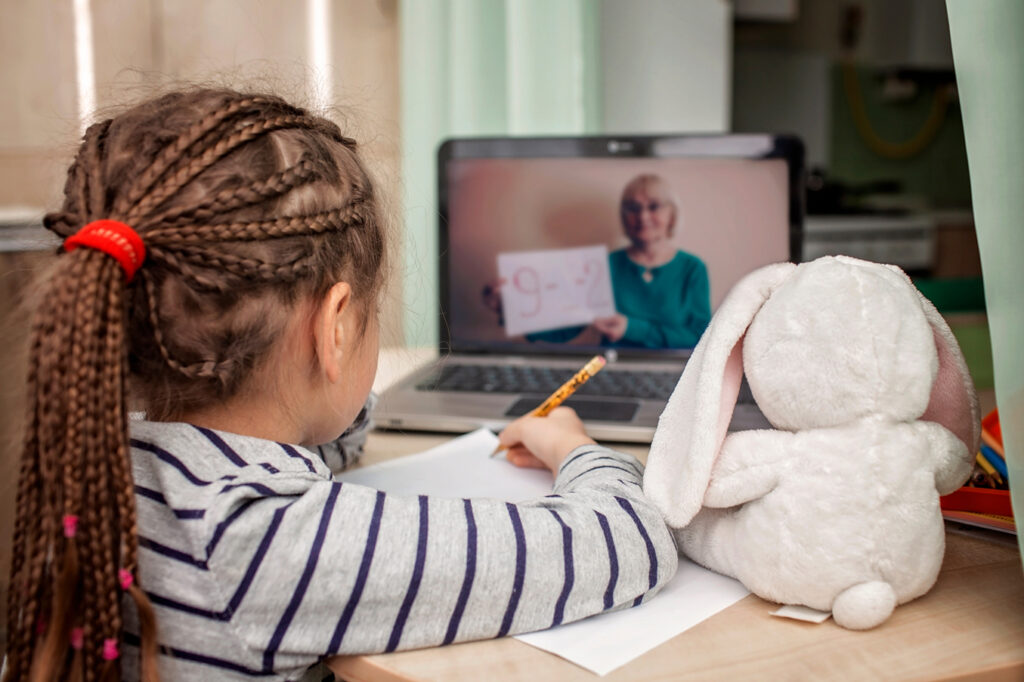With the rapid increase in online learning due to the COVID-19 pandemic, it has become critical to teach children how to use the internet safely. But with no industry standards this can be a complex issue to address.
And so we embarked on several months of policy work to uncover what the facts and the trends are with children’s online learning and how parents are dealing this significant change, particularly when it comes to keeping little ones safe online by using parental controls.
We have compiled out findings in a report and accompanying infographic, which you are free to download, share, link to, print out, tweet – whatever. The infographic contains quite a lot of detailed information but hopefully within a format that makes immediate sense to you.

The infographic is posted below in a scrolling format. It is also available as a booklet.
The report digs into the information with a little more depth and provides additional context and information about the work and how we undertook it. It is also available in a PDF format as well as published as a webpage.
We would encourage you to download and share as widely as possible. Any links back to this website, social media mentions (we’re @iffor_org), and attributions or are, of course, extremely welcome.
Our key findings were:

- The type of online learning, the risks associated with it, and parental controls to deal with both vary significantly across age groups. As such, we spent a significant amount of time looking at each age group.
- A majority of parents use parental controls and are mostly happy with how effective those controls are, though they are also quick to identify problems and frustrations
- The greatest concern, across all age groups, is that children will see inappropriate content. But there are a number of other concerns, some which are significantly higher for specific ages, e.g. online bullying for 11-13 year olds
- The absence of standards in both software and terminology, combined with a huge array of devices, apps and services, has created a level of complexity in the parental controls market that defies easy explanation
- Parental controls are not static and change constantly as technology companies update their software. This has the knock-on impact of causing guides to parental controls to rapidly fall out of date
- Parental controls are only a partial solution: it is critical for parents and teachers to educate children on how to learn safely online
In addition, there are a huge array of observations to be had. For example:
- Young children use mostly tablets to learn; older children, laptops – and there is a crossover point around the age of 7-8
- The type of online learning e.g. watching videos or online chat changes significantly across age groups – with direct consequences on the sort of risk that children will face and the sort of controls needed
- There are several dominant platforms currently: Zoom for video conferencing; YouTube for videos; Chrome for browsing, and so on.
- The use and position of parental controls changes significantly across age groups. For example, the use of controls within apps is very high with younger children but falls as children grow older (and have more control over their device). For older children, controls are moved further onto devices parents can control directly e.g. on routers or at the ISP level.
- Parents feel that controls on desktop computers are, as a rule, more effective; while tablet controls are easier to use; whereas parental controls on mobile phones are both harder to use and less effective.
- Parents of young children tend to be most happy with parental controls, but as children grow older parents become frustrated with their inflexibility; and parents of older children stress the need for trust and conversation.
If you are interested in hearing more from IFFOR on this and other topics, please sign up to our mailing list below:
Infographic

